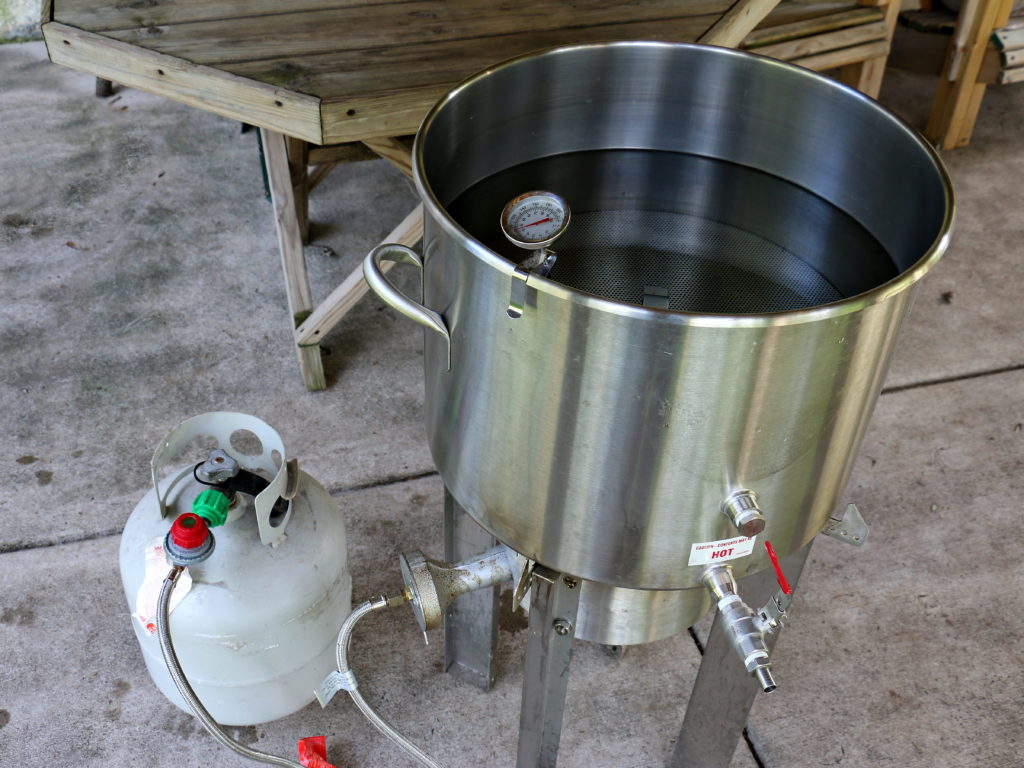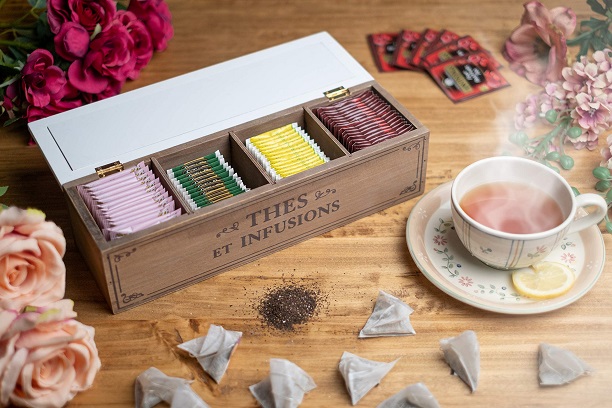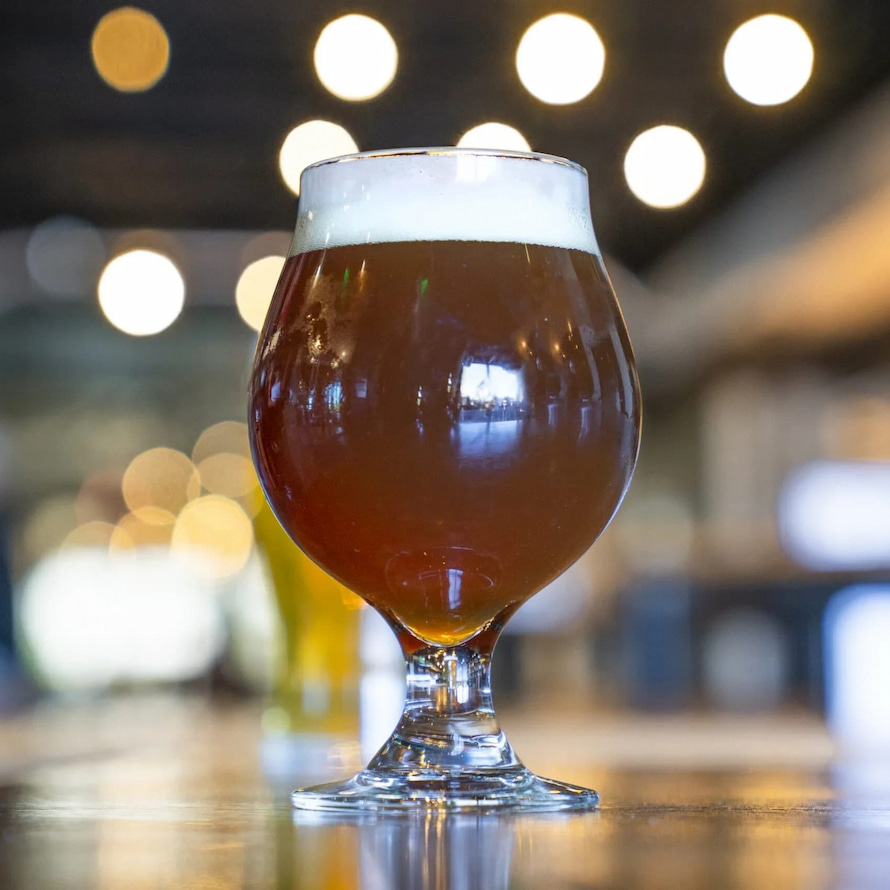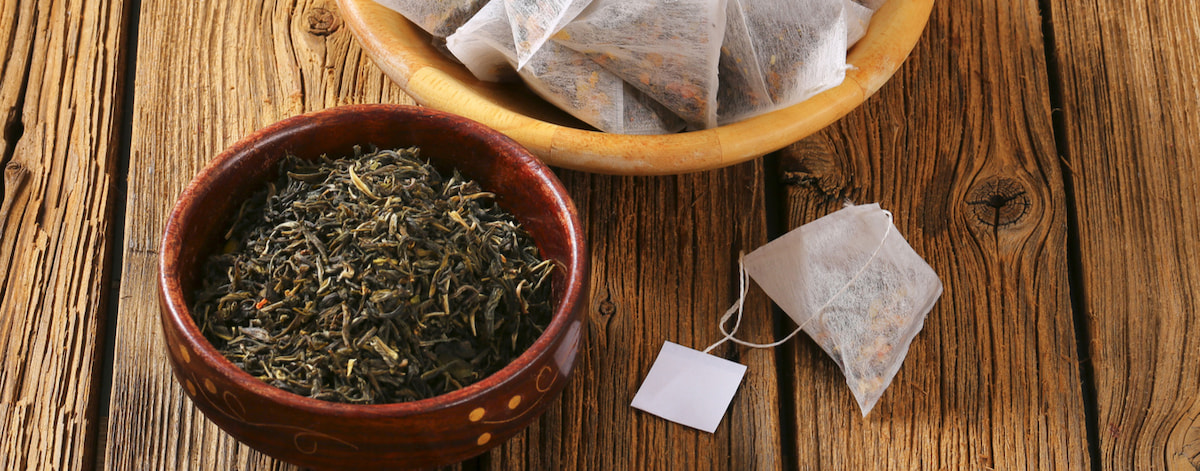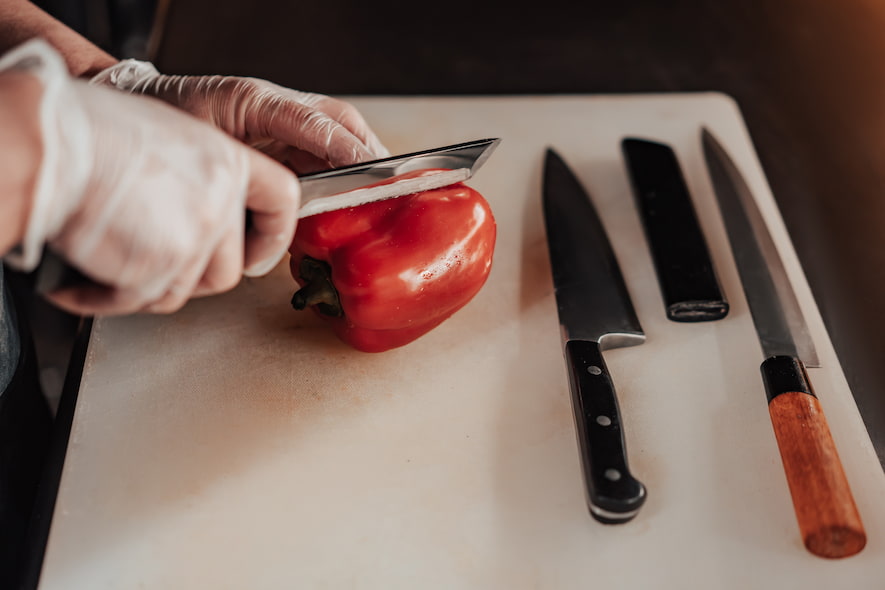Food & Drink
Baby Feeding Essentials for Starting Solids
There is nothing like watching your baby munch away a banana for the first time. Starting solids with your infant will happen sooner than you expect and introducing this type of food can raise a slew of worries, especially for first-time mothers. Still, it’s undoubtedly one of the most enjoyable and messiest milestones in a baby’s first year, so there are a lot of things to consider. To set your mind at ease a bit, here’s a list of baby feeding essentials for this stage in your bub’s life.
Seating Chair
When your child can sit up without assistance, they are ready for a high chair. This is commonly at the age of five or six months. Consider your budget, available space, and how simple a chair is to use when deciding which design to buy. You don’t have to spend a lot of money on a high-end chair, but it should be sturdy and comfy for your infant. It’s a good idea to try out a few seats before making a purchase. You should look for a model that is straightforward to get your baby in and out of, has simple buckles that won’t pinch your baby’s skin, and has features like a detachable tray for easy cleaning.
Baby Plates

Source: pinterest.com
When your baby starts eating solids, you always make sure they eat all of their food. Oftentimes they’re unaware of what is going on around them or have little control over where their small hands go, which may lead to a lot of messes at mealtimes. So, with these things in mind, the BPA free silicone infant suction plates are the ideal answer for messy mealtimes.
As the suction base helps minimise the mess and allows the process of exploring and self-feeding, a divided infant suction plate can make mealtimes less stressful for parents and babies alike. More so because it can easily adhere to the surface of your table. This keeps your child from knocking it over during feeding time.
Simply press the plate down until air is released from beneath the suction. You may even begin educating your child to eat on his or her own. Silicone suction plates are sold with matching silicone spoons that are simple to hold even for a little child.
But what distinguishes silicone feeding utensils from ones made of plastic or metal? Because of its food-grade qualities, silicone is widely recognised as a baby-safe material. It does not emit hazardous compounds when heated at high temperatures, making it suitable for use in the microwave and dishwasher.
Learning Cutlery
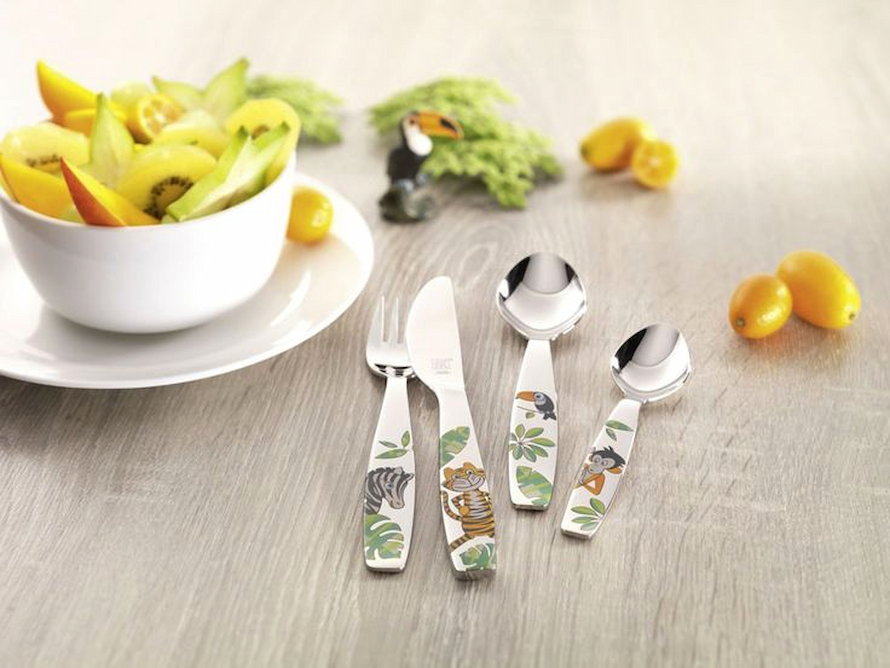
Source: pinterest.com
Adult spoons are too big for a baby’s mouth, therefore it’s necessary to get some baby spoons. At the start, you’ll need at least two or three to make clean-up and meal time easier as you’d always have spares. While you can wash the spoons between feedings, you’d be amazed how many end up on the floor. You may also offer your kid a spoon to experiment with while feeding them with another spoon.
Soft, flexible spoons are preferable as they are simpler to manage for the infant and help prevent gagging. Babies do best with tiny quantities at first, so even though the spoon does not appear to contain much food, this is totally OK. Brightly coloured spoons are appealing since they can pique your baby’s curiosity and excitement. Some spoons change colour when the food is too hot, which helps you avoid unintentionally feeding your baby food that can burn their mouth.
Baby Bib

Source: pinterest.com
Bibs come in a variety of styles. You can’t go wrong as long as you have plenty on hand. Having said that, your kid will generate a lot of messes, so you’ll want bibs that are incredibly easy to clean. It’s also important to make it easy to put on and take off your infant.
Bibs made of waterproof material are quite useful, as are bibs with pockets at the bottom to catch spilt meals. You want to ensure that the bib is well-fitting, covers the chest region, and is pleasant for your infant to wear. So, search for materials that are soft and malleable and will not scratch.
If you’re on the hunt for easy-to-clean silicone bibs, you’ll probably just need a couple because you can clean them fast between feedings. If you use cloth bibs, you should keep several on hand, at least one or two for every meal because they are likely to get quite messy very fast and will need to be washed before they can be worn again.
Drinking Cup
When your baby begins solids, they can begin to drink little sips of water as they eat. Your infant is learning how to take a sip from a cup, which they will master over time. You will only need one or two cups for your baby at first, but as he or she grows bigger, you will most likely want a few more sippy cups for when you are out and about. Because they limit any mishaps and spills, drinking from a sippy cup is typically simpler for your infant than drinking from an open cup. Choose one that is BPA-free and simple to clean. Most baby cups feature handles that will assist your infant in learning to manage the cup on their own.
Splash Mat
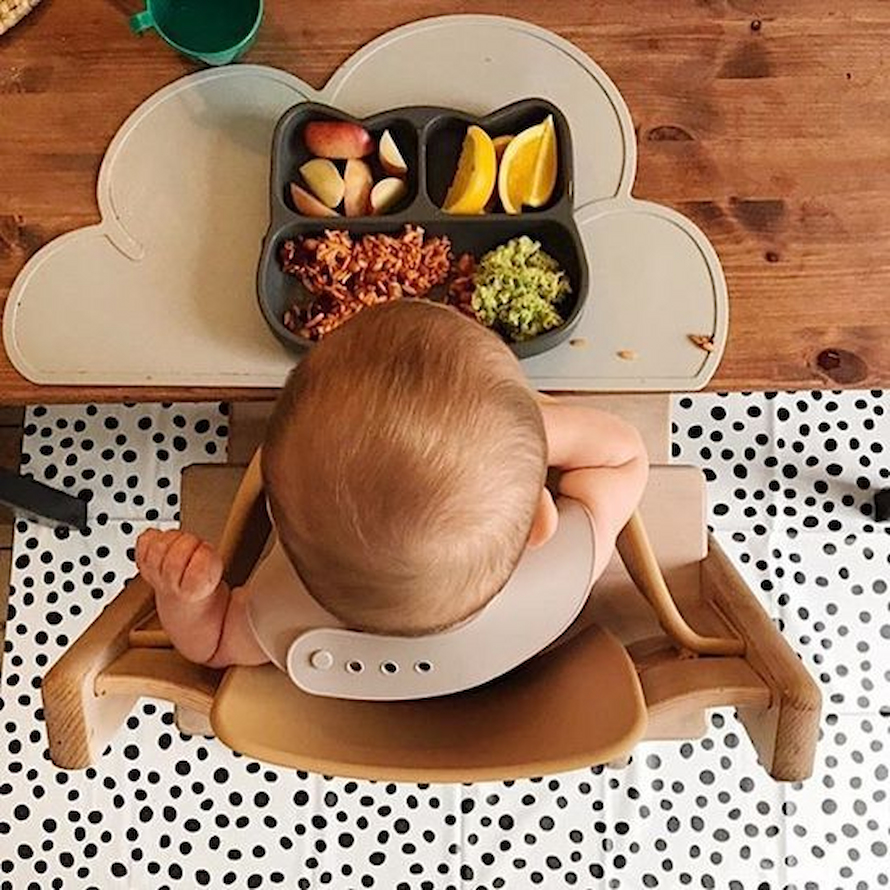
Source: pinterest.com
Learning to eat solid foods is a messy business. Crumbs and smears of food will be on your baby’s face, hands, the bib and the table, but a lot will end up on the floor too. You can count on sticky, difficult-to-clean pools at your feet, especially if your infant is consuming purees. So what you’ll need for the floor is a splash mat. These devices are simple to clean since you can just pick them up, run them under water, and watch the spilt purees drain. Sure, you may use a newspaper or another improvised solution, but a waterproof mat is more convenient.


